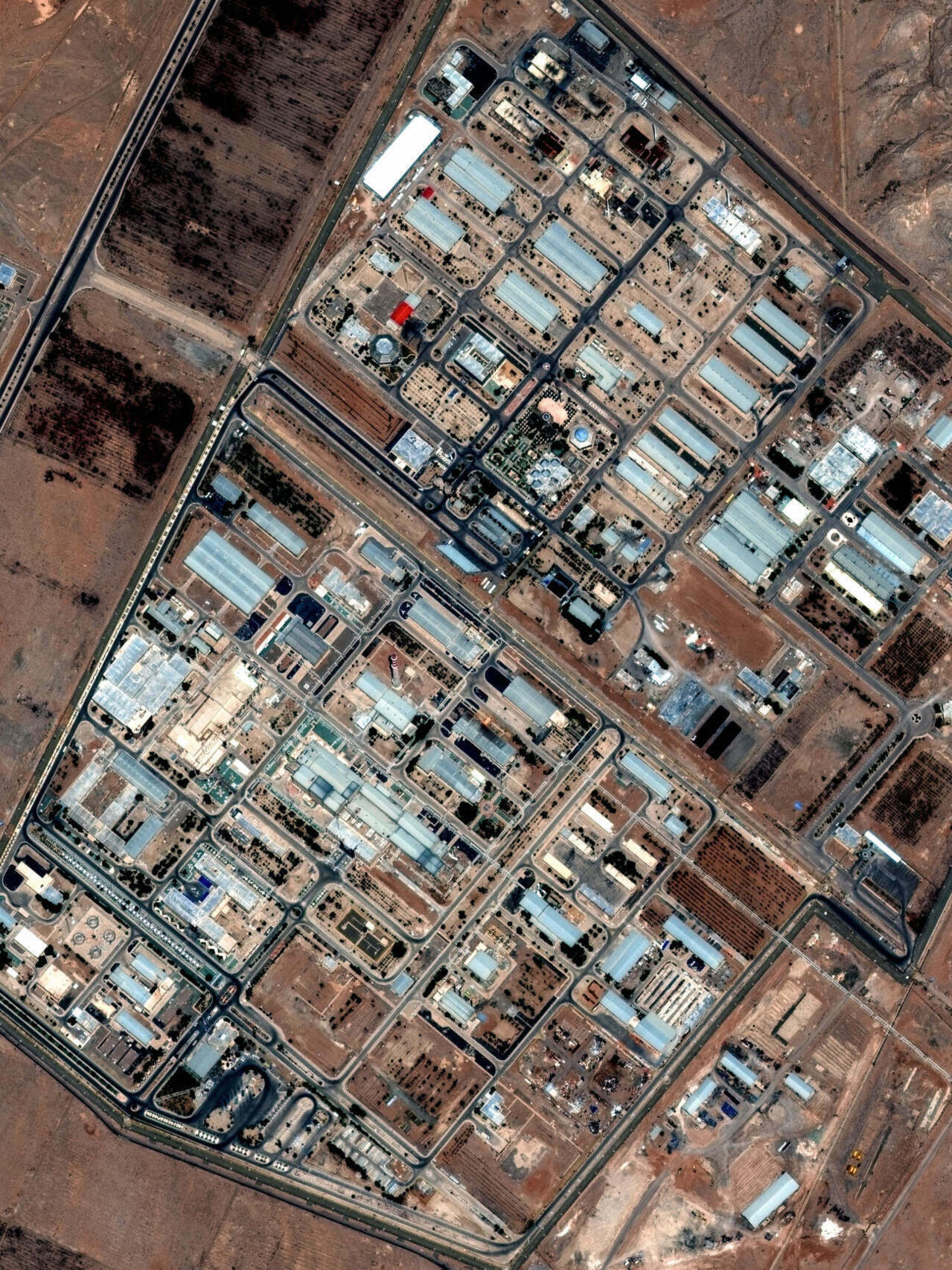
Following the catastrophic missile assault on the Weizmann Institute of Science in Israel by Iran on June 15, which obliterated about 45 laboratories, the dean of the chemistry faculty is determined to rebuild even better than before.
Milko van der Boom joined the Weizmann Institute 33 years ago, having led several pivotal chemistry departments prior to taking on his current leadership position in December 2024. He initially came to the institute in 1992 as a summer student from the University of Amsterdam in the Netherlands while pursuing his master’s degree in inorganic chemistry and has remained ever since.
He contends that Iran intentionally targeted his university. Additionally, six research laboratories at Ben Gurion University in Beersheba, Israel were also destroyed, and many others were compromised when an Iranian missile hit the Soroka University Medical Center campus on June 19. Ariel University also reportedly sustained damage just before that missile strike amid the Israeli-Iranian military conflict. Fortunately, there have been no reported fatalities or injuries at these institutions.
Rebecca Trager connected with van der Boom for more insights.
### What has been the reaction to the destruction at the Weizmann Institute?
The response has been overwhelmingly supportive from across the globe. Ultimately, I believe we will emerge from this crisis much stronger – we will acquire superior equipment and facilities. This situation will also foster closer relationships within the faculty as we collaborate to overcome these challenges.
### What assistance has been offered?
Numerous universities and organizations in Europe, the US, and within Israel are reaching out to us. These entities, including the Max Planck Society in Germany, are extending offers to share their laboratory space and equipment.
Researchers from other institutions are reaching out to individual faculty and researchers here, as well as the administration. Practically, I am uncertain how this will unfold – it’s still too soon to determine since we do not yet know the condition of our equipment. However, even if a research lab can start operations soon, we will need analytical instruments to carry out our measurements.
### What is your top priority?
Currently, our primary focus is on getting the buildings repaired and reallocating space. Our faculty has lost the Sussman environmental sciences building, leaving 115 individuals without offices and laboratories. The university has acquired mobile offices, meeting spaces, and shelters, with temporary villages being constructed on campus. We are also planning to lease lab space off-campus.
### How are the next steps being decided?
We have formed a small and agile committee that meets almost daily to move quickly. We are assessing the damaged laboratories and all lost infrastructure. We are outlining all available alternatives, and I face the difficult task of reallocating numerous offices and labs. My aim is to ensure that research can continue at the earliest opportunity.
### What else is happening?
Numerous teams are engaged in cleaning and repairing the various buildings and facilities on campus. Right now, we are focused on crisis management rather than scientific research.
Most individuals remain unaware of the extent of damage to their laboratories due to the restricted access on campus – only essential personnel, such as those maintaining equipment and safeguarding samples that could otherwise spoil, are permitted to enter.
### How did your lab fare?
I no longer have windows in my lab. My staff scientist’s office is quite damaged, but my office remains mostly intact, surprisingly. Nonetheless, some instruments used by my students in the core facilities have sustained significant damage.
### Can you talk about the chemistry building under construction that was destroyed by Iranian missiles?
That construction was necessary because several chemistry buildings at Weizmann are aging and in need of renovations and safety enhancements. Currently, our existing buildings are overcrowded, and the university’s chemical research support facilities are dispersed throughout the campus. We aimed to consolidate all these elements into a cutting-edge research facility, facilitating collaboration among scientists from different fields to spark new ideas and research pathways.
### How have researchers on campus responded?
Weizmann boasts around 270 groups and 300 permanent staff scientists, many of whom are involved in support departments. These individuals manage and maintain equipment such as MRIs and electron microscopes, and they have a strong attachment to their equipment and laboratories. These instruments couldn’t simply be left waiting in case the electricity went out, so while some structures were still ablaze, they were swiftly navigating the campus following the assault.
The commitment of these scientists to continue their work, or at the very least, to salvage their equipment and laboratories, is incredibly high. For instance, the other day I encountered a staff scientist on campus holding a small plastic bag, which he had taken from his damaged lab, containing irreplaceable compounds supplied by collaborators.
### Are there other stories you can share?
Staff scientists, principal investigators, and engineers are collectively cleaning up the shattered glass in the MRI.